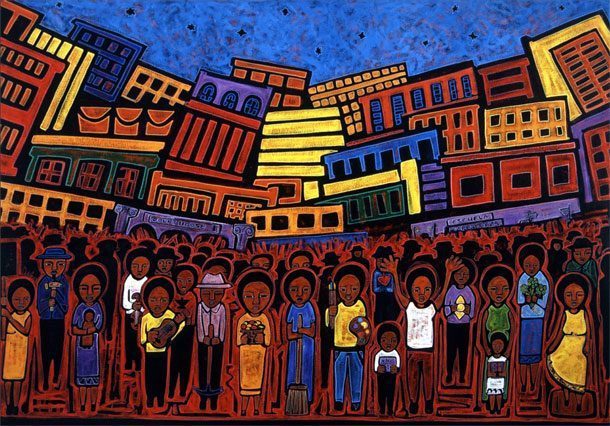Complexities and Issues to Consider in Evaluation of Content Teachers of English Language Learners1
Seeking to address a rapidly growing population in American schools today, Sultan Turkan and Heather M. Buzick examine how teachers who teach English Language Learners are being held accountable. In the article, the authors outline the complexities of current teacher evaluation instruments and question whether the use of test scores offers an accurate estimation of the teacher’s content contribution to the academic growth of English Language Learners.
Although many content area teachers are more than qualified to teach the content they are familiar with, most are not experienced or adequately prepared to ‘address the unique linguistic needs of ELLs’. With the increase population of ELLs, educators are left to address the wide achievement gap between ELLs and non-ELLs. The authors suggest that content and ESL teachers should collaborate together in closing the achievement gap. In teaching content to ELLs, the authors suggest that educators cannot rely on content teachers who lack the adequate preparation to teach ELLs. The authors argue that all teachers should share the ‘responsibility’ of meeting the needs of these students.
Mexican Americans and the Push for Culturally Relevant Education2
Maritza de La Trinidad’s essay traces the bilingual education movement in Arizona during the mid 20th century. The push of local teachers and activists that advocated for ‘Spanish-for-Spanish programmes’ eventually influenced the passage of the Bilingual Education Act of 1968. Hoping to address the ‘invisible minority’, the activism for bilingual education has paved the way to demands that current ELLs are now requesting. The historical overview offers an important context of how minority students who speak a language in addition to English have been neglected by policymakers and leaders in education. Maritza de La Trinidad argues that the Spanish language and home culture is vastly important to Latino students and should therefore be implemented into the curriculum targeted for ELLs.
